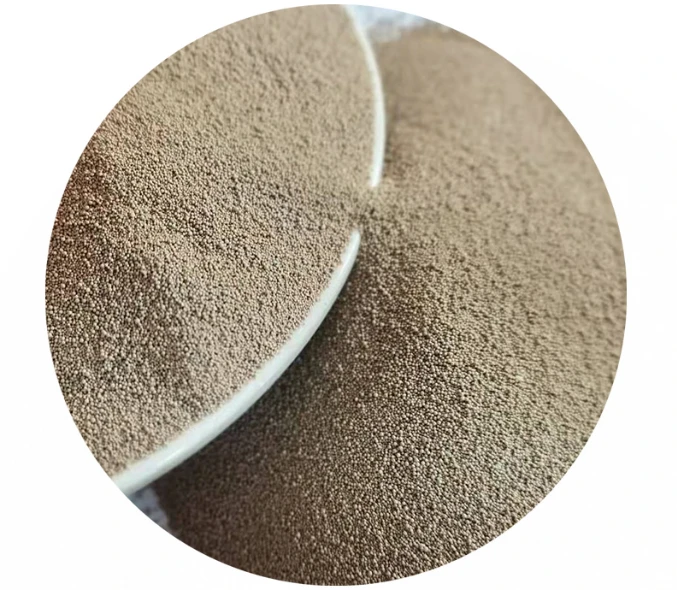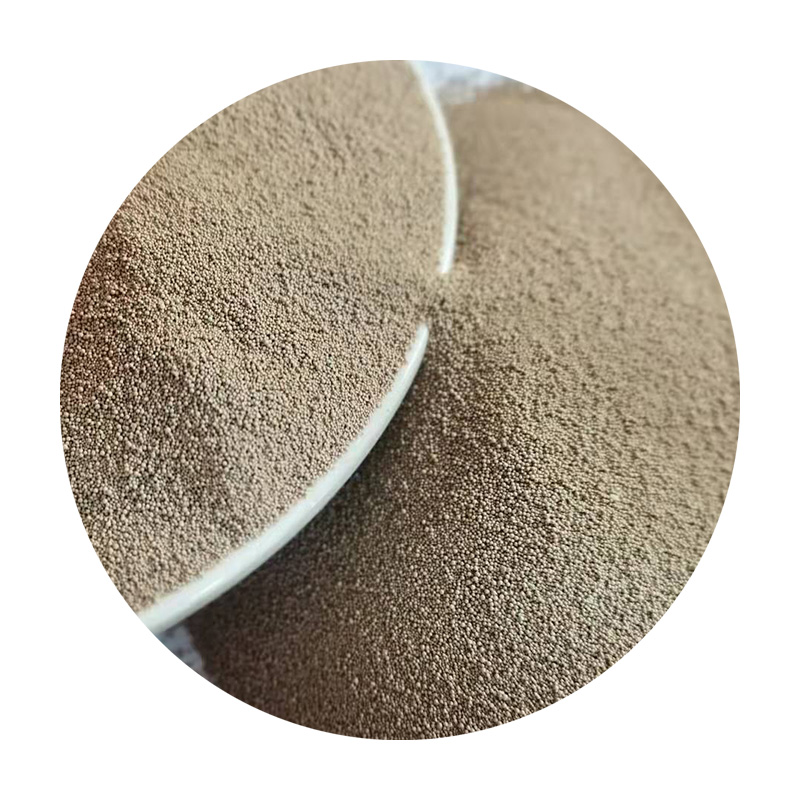

Zircon Sand Supreme Precision for Complex Castings Zircon sand is prized for its ability to produce precision castings with minimal expansion and high thermal stability. Industries focusing on aerospace components and complex geometries often opt for zircon, despite its premium cost. With its low reactivity and high density, zircon sand accommodates tight tolerances and ensures the longevity of the molds, delivering reliable outcomes fitting the most stringent specifications. Specialized Blends Tailoring Material to Purpose Progressive foundries are witnessing the rise of customized sand blends designed to meet specific casting needs. By consulting with experts in casting material science, these blends are tailored to harmonize thermal, mechanical, and cost-effectiveness properties. Experienced foundry operators collaborate with material scientists to craft mixtures addressing unique pressure, precision, or longevity requirements. These developments underscore an industry's trend towards innovative, specialized casting solutions. The Impact on Casting Success Choosing the right type of sand for casting isn't just about the material; expertise, authoritative guidance, and trustworthiness in handling and processing are critical to success. Each sand type offers distinct advantages and challenges, requiring seasoned knowledge and experience to leverage its full potential. Trust in each material grows through continuous trials, real-world insights, and the careful consideration of industry standards. The integration of these elements not only elevates casting quality but ensures faithful reproduction of original designs while maintaining cost efficiency. Engineers and foundry workers must intertwine their expertise with material science to guide the casting process, fostering innovations that push the boundaries of what sand casting can achieve. Amidst advancements in casting technologies, the art and science of selecting appropriate sands remain a cornerstone, necessitating ongoing learning and adaptation to maintain pace with industry evolution. In conclusion, a deep understanding and authoritative application of sand types underline the sophistication and potential yield of sand casting, asserting the necessity for true expertise to maximize all facets of this versatile manufacturing process. Post time:فېۋرال . 05, 2025 01:34
Next:what type of sand is used for sand casting
